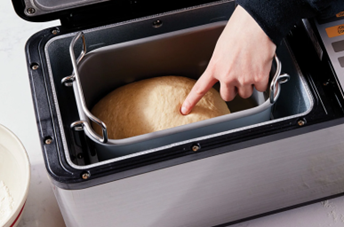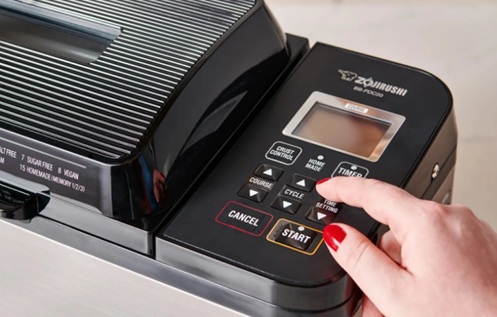Evaluating the practicality of a bread maker involves considering various factors. Bread makers can simplify the baking process, offering convenience, consistency, and customization. With the increasing popularity of homemade, wholesome foods, many home cooks are asking, “Is a bread maker worth it?”This article explores everything you need to know—from how bread machines work to the pros and cons of owning one. Whether you’re a beginner looking to simplify baking or a foodie seeking control over ingredients, our goal is to help you determine if a bread maker is a wise addition to your kitchen toolkit.

Bread makers automate the process of making bread from start to finish. These countertop appliances are designed to mix, knead, rise, and bake dough, eliminating the need for manual labor or expert skills. While different models offer various levels of functionality, the core purpose remains the same: consistent, hands-off baking.
A standard bread maker typically includes three primary components: a mixing paddle, a baking pan, and a heating element. The mixing paddle stirs and kneads the ingredients, simulating the motions of hand-kneading. The pan holds the dough, and the heating element ensures even baking. Many models also feature a viewing window, digital display, and programmable timer so you can delay the start of baking until the perfect moment.
Modern bread makers go beyond basic bread-making. They come equipped with various settings that allow you to bake white, whole wheat, multigrain, French, and gluten-free breads. Many machines also offer specialty programs for jam, cake, yogurt, and pizza dough. These presets simplify baking different recipes with the press of a button and make bread makers more versatile than ever.
One of the most significant advantages of using a bread maker is the convenience it offers. Once you add the ingredients and select the program, the machine handles everything else. This hands-free process frees up your time for other kitchen tasks—or relaxation. Many machines also have a “keep warm” function and a timer so your bread is fresh and ready when you want it.
When you bake your own bread, you get full control over what goes into it. You can use organic flour, reduce sugar, skip preservatives, and accommodate allergies or dietary needs. This control makes homemade bread healthier than most store-bought alternatives, especially if you’re concerned about sodium, gluten, or additives.
Although there is an initial cost to buying a bread maker, over time it can save you money—especially if you regularly purchase artisan or specialty breads. The average homemade loaf costs less than $1.50 in ingredients, while high-quality bakery loaves can run $4–$6 or more. If you bake several times a week, the savings quickly add up, making a bread maker a cost-effective choice for many households.
Bread makers are more than one-trick appliances. In addition to baking various types of bread, many models can also be used for making cake, kneading dough for pastries, and even preparing jam or yogurt. This versatility allows you to expand your kitchen skills and try recipes you might not attempt otherwise.
While bread makers offer numerous benefits, it’s important to consider some potential downsides before purchasing one.
Bread makers vary in price, typically ranging from $50 to $300 or more. While basic models are affordable, more advanced ones with additional features come at a higher price. Additionally, although the operational cost is relatively low, ingredients (especially high-quality or specialty items) and electricity usage can add up if you bake frequently.

Although modern bread makers offer a range of settings, they might not satisfy bakers looking for crusty artisan loaves or irregular crumb structures found in bakery-quality bread. Some enthusiasts argue that oven-baked loaves offer better control over texture and appearance. If you enjoy hands-on baking or want complete creative freedom, a bread maker might feel limiting.
So, is a bread maker worth it? The answer depends on your lifestyle, cooking habits, and priorities. If you value convenience, ingredient control, and long-term savings, a bread maker can be a smart investment. It’s especially beneficial for busy individuals, families, or anyone with dietary restrictions who still wants to enjoy fresh bread regularly. However, if you bake occasionally or prefer the artisan method, you may want to weigh the cost and capabilities more carefully.Ultimately, a bread maker is a helpful kitchen tool that can elevate your home baking experience—provided it aligns with your goals and expectations.
Yes, many bread makers come with gluten-free settings designed to handle alternative flours like rice flour, almond flour, or potato starch. These settings adjust mixing and baking times to ensure a successful loaf.
On average, a bread maker uses about 0.36 kWh of electricity per loaf, which is quite efficient. This makes it more energy-saving than using a full-sized oven, especially for small batches.
Absolutely. Homemade bread can be significantly healthier since you control the ingredients. You can eliminate preservatives, reduce sodium, and incorporate whole grains, nuts, or seeds to boost nutrition.